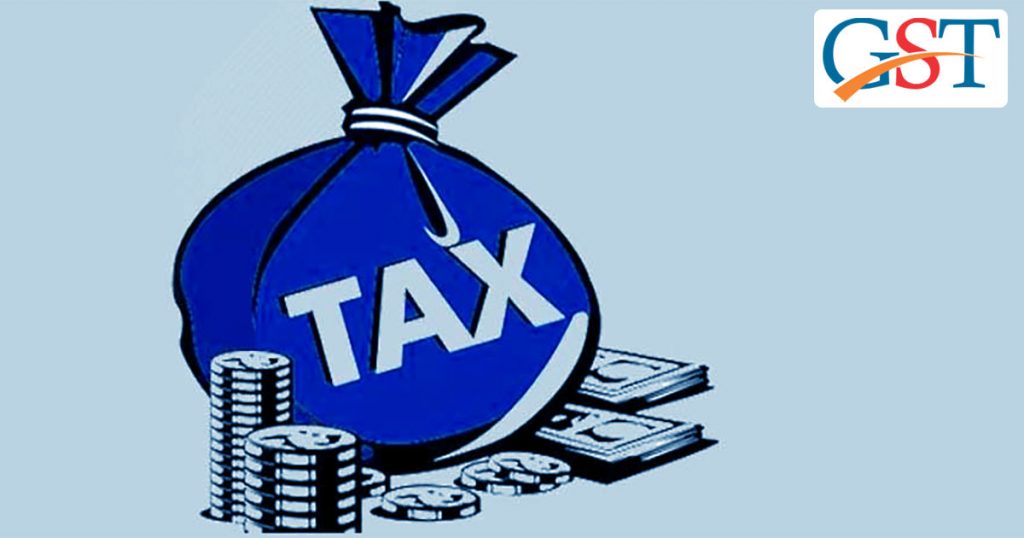
The Modi-led government has recently announced that it will sort out all the major issues or glitches in the new GST system, which was also the key reason for the decline in indirect tax revenue.
At the time when the GST regime was launched, the government has promised that the full benefits of GST reform and revenue will take some time, and the stabilization phase will continue till FY 2019-20.
The GST collections recently show an alarming sign for the government as it has fallen below the INR 1 lakh crore threshold.
As per the data, the tax collection under GST has observed INR 99,936 crores in June 2019, which is way below the revenues of the last three months, i.e., INR 1,06,577 crores, INR 1,13,865, and INR 1,00,289 (from March to May respectively).
Although, the experts believe that GST collections are in line with the current pace of economic growth and are acceptable in terms of signifying the success of the new tax regime.
Recommended: Comparison Report: Existing vs New GST Return Filing System
The disagreements over GST rates and procedural issues between the state and central government is one of the key reasons why the new tax system hasn’t stabilized yet.
Regular Demand for Reduction in GST Tax Rate
The demand for reduction in rates of GST has been seen across almost every industry where the GST is applicable to multiple product or services. As per the statistics, close to 1350 items are covered by GST, and a very high tax rate of 18 per cent is applicable for 632 items (46.8 % of the goods).
The government is working continually to reduce the GST rates as discussed by the new finance minister in her recent budget speech. But, given the shaky flow of indirect tax revenues, the further cut down in GST rate seems highly unlikely.
Complex GST Filing Procedure
The mess over the GST return filing procedure is yet to be solved by the central government.
In the recent budget speech, the finance minister, Nirmala Sitaraman has said that the government is working wholeheartedly to simply the GST process and return filing procedure. Actions like fully automated GST refunds module, tax filing through AADHAR, and simple monthly returns will be taken by the government to simplify the existing GST system. The new return system is scheduled to be rolled in phases from October 2019.
Inconsistent GST revenues
The inconsistent flow of GST revenue flow is forcing the government to look for the durable flow of direct taxes, i.e., personal and corporate taxes to achieve the target revenue for taxes. Given the current shaky scenario of GST revenues, the situation is likely to retain the same for the next two years.
As per the budget document, “Direct taxes are expected to show a growth rate of 13.4 per cent and 14 per cent compared with the previous year in 2020-21 and 2021-22, respectively. On the other side, the growth rate in indirect taxes is expected to be 7.3 per cent and 10.3 per cent in 2020-21 and 2021-22, respectively”.
Therefore, the government is relying heavily on direct tax collections to make up for the stumbling GST revenue. The direct tax-GDP ratio will easily reach 6.6 per cent of GDP in 2021-22.









